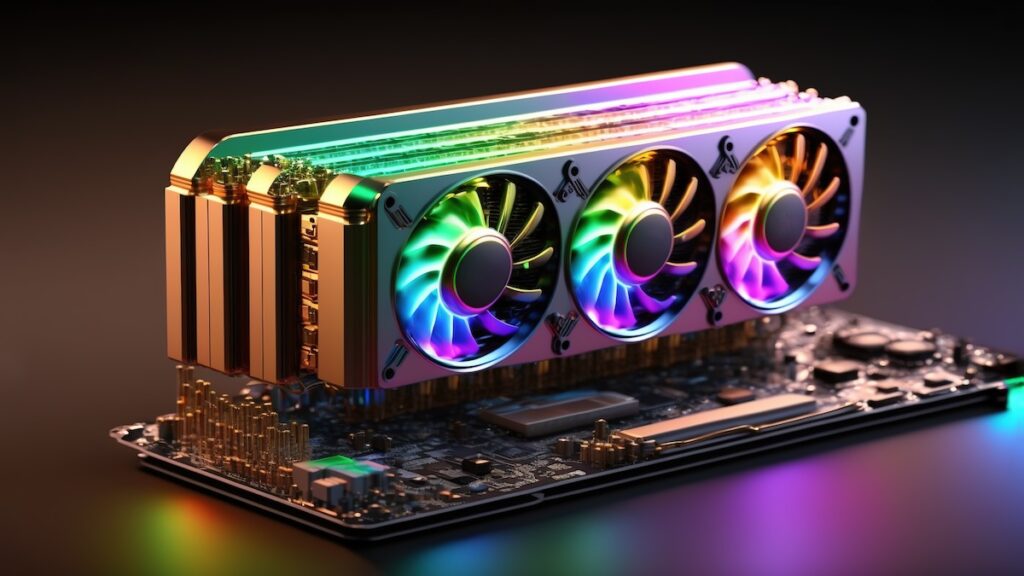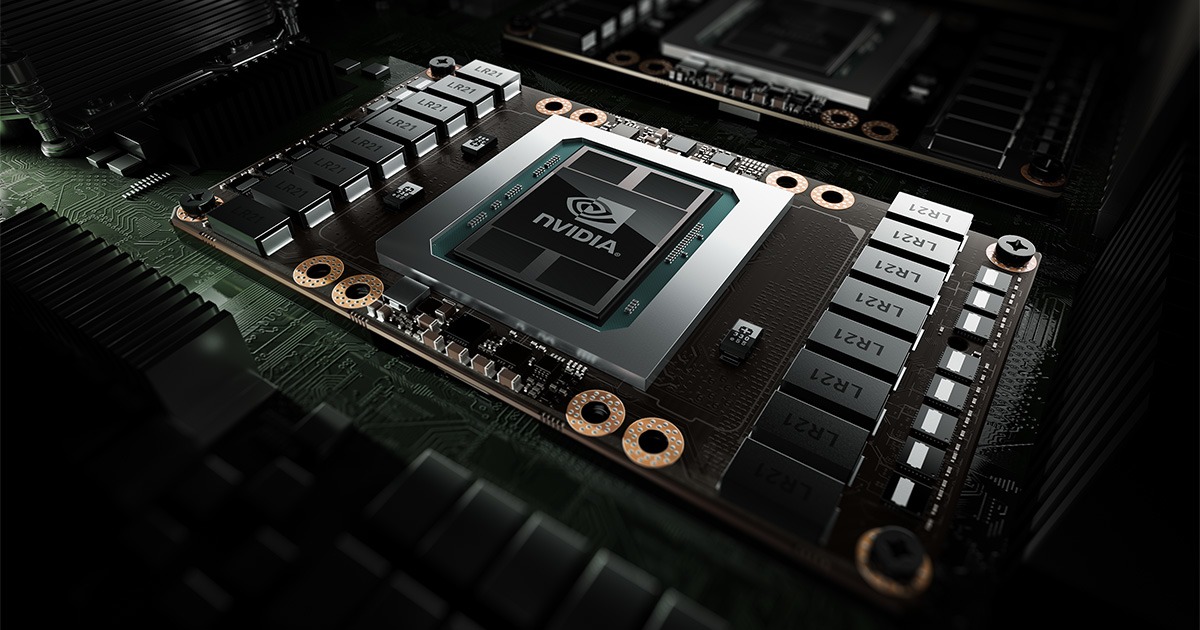The Future of Graphic Cards
- Get link
- X
- Other Apps
The Future of Graphics: What to Expect from the Upcoming GPUs in 2025

As the demand for high-performance computing continues to rise, especially in gaming, content creation, and AI applications, the GPU (Graphics Processing Unit) market is evolving rapidly. With the release of new GPUs in 2025, we are poised to witness a new era in graphical performance, power efficiency, and features. In this blog, we'll take a look at the anticipated upcoming GPUs in 2025 and what users can expect from them.
The Current State of the GPU Market
Before diving into what the future holds, let's briefly examine where we stand today. The GPU market has been dominated by two major players: NVIDIA and AMD. These companies have been releasing new generations of GPUs regularly, each time bringing incremental improvements in performance, energy efficiency, and features. NVIDIA's GeForce RTX 40-series and AMD's Radeon RX 7000 series are the current leaders in the gaming market, offering incredible ray tracing capabilities, AI-enhanced graphics, and superb 4K gaming performance.

However, as we enter 2025, both companies are gearing up to release their next big GPU iterations, with an emphasis on next-gen performance, energy efficiency, and innovative features that could revolutionize not just gaming but also areas like AI research, cryptocurrency mining, and VR/AR applications.
What to Expect from Upcoming NVIDIA GPUs
NVIDIA has been a trendsetter in the GPU market, with its powerful RTX 40-series leveraging the Ada Lovelace architecture. Looking ahead to 2025, many are eagerly anticipating the release of the RTX 50-series, which is rumored to utilize the new "Blackwell" architecture. Blackwell is expected to provide a major leap in performance, with potential improvements in ray tracing and AI-enhanced workloads, thanks to new advancements in Tensor cores and shader technologies.

Key Features to Look Out For:
- Performance Boosts: The RTX 50-series is likely to offer substantial performance gains, especially in terms of frame rates at 4K resolution, allowing gamers to experience ultra-high-definition gaming with minimal latency.
- Energy Efficiency: With energy consumption being a growing concern in modern hardware, NVIDIA is expected to improve the efficiency of the new GPUs, possibly through better power management systems or more efficient chip designs.
- AI-Driven Enhancements: Expect more AI-driven technologies, such as DLSS 3.0 (Deep Learning Super Sampling) improvements, which will allow for better frame rates and visual fidelity at lower resolutions, all thanks to AI-assisted scaling.
- Improved Ray Tracing: Ray tracing is becoming a key aspect of modern graphics, and the next-generation NVIDIA GPUs are expected to further enhance this technology, making it more accessible to gamers and creators alike.
- Advanced Multi-Tasking Capabilities: With the increased demand for multitasking in both professional and gaming environments, the new GPUs will likely feature more CUDA cores and better parallel processing for complex workflows, such as rendering or 3D modeling.
What to Expect from Upcoming AMD GPUs
AMD has made incredible strides with its RDNA 3-based GPUs, which have been competitive with NVIDIA’s offerings, particularly in terms of price-to-performance ratio. With the success of the RX 7000 series, AMD is expected to continue this momentum with the next generation, built on the RDNA 4 architecture.

Key Features to Look Out For:
- Competitive Performance: AMD’s RDNA 4-based GPUs are likely to close the performance gap with NVIDIA, especially in the high-end gaming segment. AMD might focus on delivering powerful GPUs that can challenge NVIDIA’s dominance in both gaming and AI workloads.
- FidelityFX Super Resolution (FSR) 3.0: AMD’s alternative to DLSS, FSR has been gaining traction in the gaming community. The next iteration, FSR 3.0, could significantly improve frame rates and image quality, rivaling NVIDIA's DLSS.
- Better Ray Tracing and AI Integration: AMD has made significant progress in incorporating ray tracing into their GPUs, and with RDNA 4, we can expect more robust ray tracing features and better support for AI-driven tasks.
- Value for Money: AMD has always positioned itself as offering high-performance GPUs at a more attractive price point. The next generation will likely continue this trend, appealing to gamers looking for a solid GPU without breaking the bank.
- Enhanced Open-Source Support: AMD’s commitment to open-source software continues to grow, with better support for Linux and other open-source initiatives. Expect this to be a key feature in future AMD GPUs.
The Rise of AI and Specialized GPUs
While gaming remains the most common use case for GPUs, the rise of AI-driven applications—particularly in areas like machine learning, deep learning, and autonomous systems—has led to the development of GPUs optimized for these tasks. In 2025, we expect to see GPUs that cater specifically to the AI market, offering incredible parallel processing power and faster data throughput.

NVIDIA, with its specialized A100 and H100 series for AI workloads, is likely to continue pushing the envelope, while AMD might also introduce products designed to tackle AI challenges in areas like healthcare, automotive, and robotics.
The Impact of Next-Gen GPUs on Virtual and Augmented Reality
Virtual reality (VR) and augmented reality (AR) are poised to grow exponentially in the coming years, and next-gen GPUs are going to be at the heart of this transformation. High-performance GPUs will be required to power these immersive experiences, and the upcoming 2025 GPUs are expected to provide the necessary performance and latency reductions for seamless AR/VR experiences.

Both NVIDIA and AMD are expected to make significant strides in optimizing their GPUs for these applications, providing features like lower latency, higher frame rates, and better graphical fidelity, which are essential for convincing and comfortable VR/AR experiences.
Conclusion: The Future is Bright (and Fast)
The upcoming GPUs in 2025 will continue to push the boundaries of what’s possible in gaming, AI, VR/AR, and professional creative workflows. With advancements in ray tracing, AI-driven technologies, and increased power efficiency, we can expect a significant leap in GPU performance, making demanding tasks like 4K gaming, deep learning, and high-resolution rendering more accessible and efficient.

Whether you’re a gamer, content creator, or professional in need of high-performance computing power, the future of GPUs looks incredibly exciting, and it’s just around the corner. Stay tuned, because the next generation of GPUs is set to change the way we experience digital content.
- Get link
- X
- Other Apps
Comments
Post a Comment